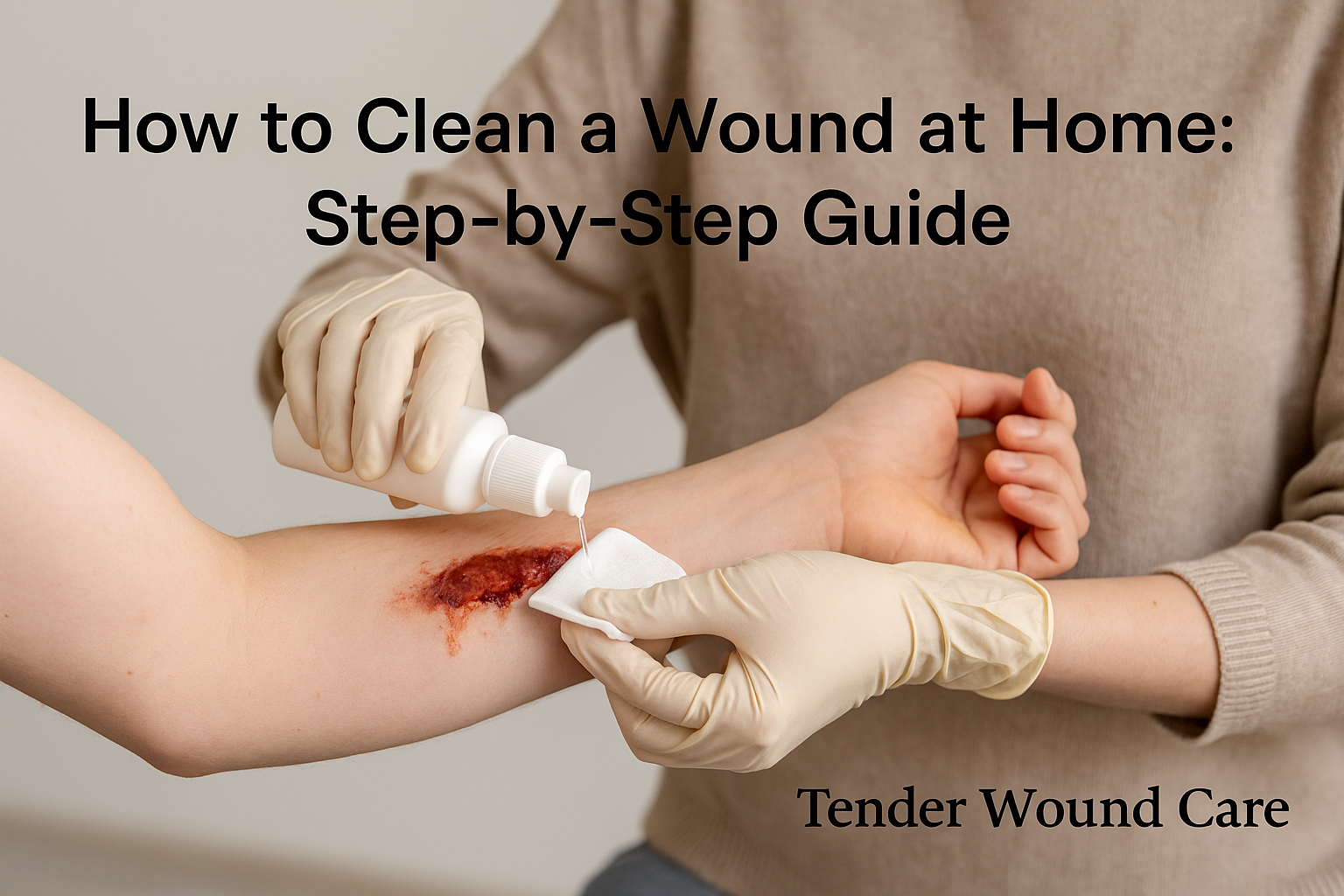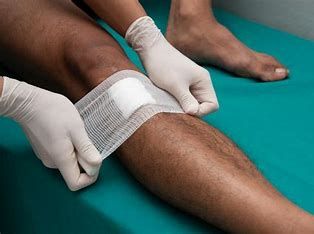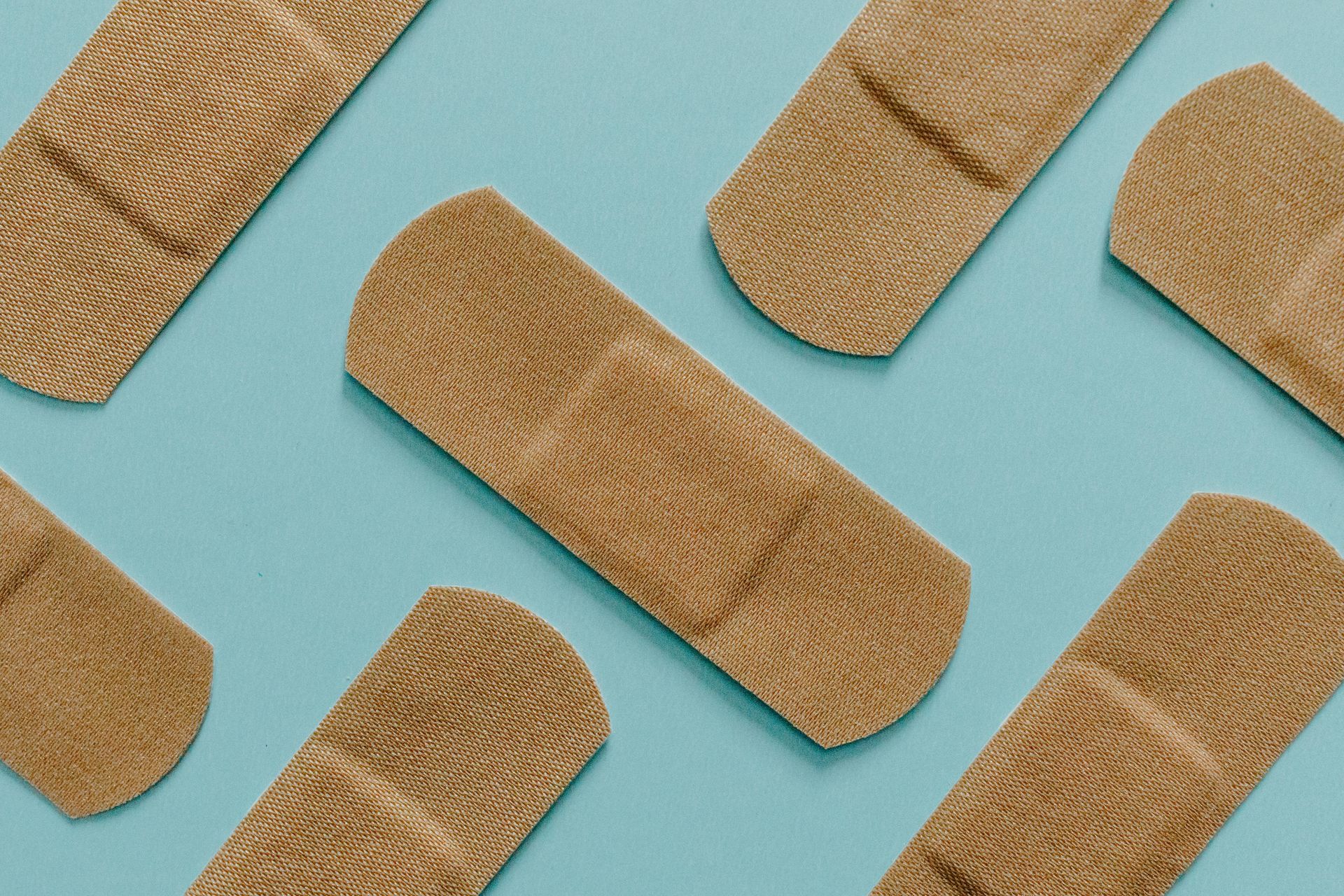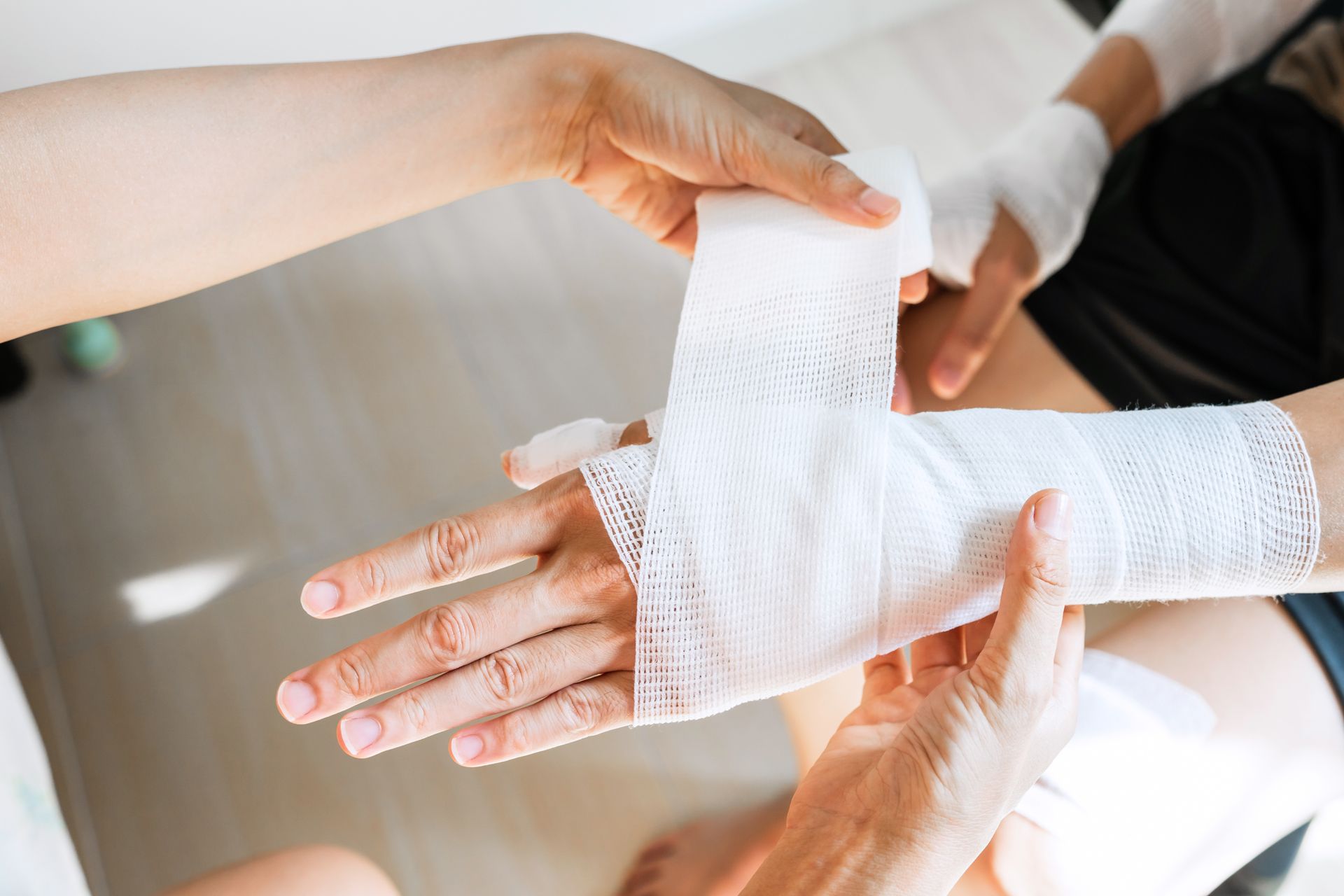Signs Your Wound Isn’t Healing Properly
Understanding the Warning Signs That Your Wound May Need Medical Attention
Signs Your Wound Isn’t Healing Properly
When you get a cut, scrape, or surgical wound, your body usually jumps into action to close it up and heal it. But sometimes, things don’t go quite as planned. Maybe it’s taking longer than expected, or it just doesn’t look right. If you’re wondering whether your wound is healing the way it should, you’re not alone. Let’s talk about the red flags you should watch for, and when it’s time to call in some help.
How Long Should a Wound Take to Heal?
It depends on the type and depth of the wound. Minor cuts or scrapes might start looking better in a few days and heal within a week or two. Surgical wounds or deeper injuries might take longer—sometimes up to six weeks or more.
But here’s the key: you should see some improvement in the first week or two. If nothing's changing, or if things seem to be getting worse, that’s your cue to pay closer attention.
Signs Your Wound Isn’t Healing Properly
Healing wounds should gradually look better, not worse. If you’re seeing any of the following signs, it might be a sign that your wound needs a bit more care—or even professional help.
1. Redness and Swelling That Spreads
A little redness is normal in the early days. But if the area around your wound starts turning a deeper red or the redness is spreading outward, that’s often a sign of infection.
2. Bad Smells or Discharge
A healing wound might have a bit of clear fluid—that’s okay. But yellow or green pus, a foul odor, or thick drainage? Not so good.
3. Pain That Doesn’t Let Up
Pain should slowly fade as you heal. If your pain sticks around, or gets worse instead of better, something could be off.
4. Fever or Chills
Your body might be fighting off an infection. Even a low-grade fever can be a sign that your wound isn't healing right.
5. Wound Opening Up Again
If your wound was starting to close and then suddenly opens up, or if the edges look like they’re pulling apart, that’s another sign of delayed healing.
6. Discolored Tissue
Tissue that turns yellow, gray, or black could be dead tissue (also known as slough or necrosis). That tissue needs to be removed for the wound to heal.
7. Wet, Pale Skin Around the Wound
If the skin around your wound looks white, soggy, or macerated, your dressing might be too wet. Too much moisture can slow healing.
Why Some Wounds Just Won’t Heal
There are plenty of reasons a wound might drag its feet when it comes to healing. Sometimes it’s what’s going on inside your body, and sometimes it’s how the wound is being treated.
- Infections are the most common issue. Even a small amount of bacteria can slow everything down.
- Poor circulation means your blood isn’t bringing enough oxygen and nutrients to the area.
- Diabetes and chronic health conditions can mess with your body’s natural healing process.
- Certain medications, like steroids or chemotherapy, can make wounds take longer to close.
- Poor nutrition or dehydration can play a big role too. Your body needs fuel to heal.
- Improper wound care, like letting the wound dry out too much, or keeping it too moist, can throw off the balance.
When to Call for Professional Wound Care
If you’ve tried basic care and your wound just isn’t getting better, it’s time to get help. Here are a few situations where in-home wound care could make all the difference:
- You’re seeing any of the red flags above
- Your wound hasn’t improved after 2 weeks
- It’s still open after 6 weeks
- You have underlying conditions like diabetes or vascular disease
That’s where Tender Wound Care steps in. We specialize in in-home wound care, so you don’t have to worry about getting to a clinic or a hospital. We come to your home, assess the wound, and take care of everything from dressing changes to infection control—all while keeping things comfortable and stress-free.
What Tender Wound Care Offers
When our team visits your home, we bring the tools and expertise to help your wound heal the right way.
- Personalized assessment: We look at your wound’s size, depth, tissue health, moisture level, and signs of infection.
- Advanced dressings: From foam to hydrocolloids, we choose the right materials to keep your wound in an ideal healing environment.
- Infection control: We follow strict sterile techniques and evaluate if antibiotics are needed.
- Gentle debridement: If there’s dead tissue, we can help remove it safely.
- Ongoing care and monitoring: We check in regularly, adjust your care plan, and teach you or your family how to manage dressing changes day-to-day.
Simple Things You Can Do at Home
Here are a few tips to help your wound heal better, whether you’re handling it yourself or getting help:
- Keep the wound clean, but don’t overdo it. Skip harsh cleaners like hydrogen peroxide—they can damage healthy tissue.
- Keep it moist, not wet. Dry wounds take longer to heal, but soggy ones invite infection.
- Change your dressings as advised. Clean hands, clean tools, and clean materials are key.
- Eat well. Protein, vitamins, and staying hydrated can make a huge difference.
- Manage underlying conditions like blood sugar levels.
- Avoid smoking, which restricts blood flow.
Need a Hand? We’re Here to Help
Don’t let a stubborn wound slow you down. If you or a loved one is dealing with a wound that just won’t heal, Tender Wound Care Medical PC, is just a call away. We bring expert care right to your home, so you can start healing where you’re most comfortable.
Reach out today to schedule your first visit and let us help you take the next step toward recovery. Call us at 877-205-5541, we service all parts of the greater Phoenix and Scottsdale and surrounding area.







